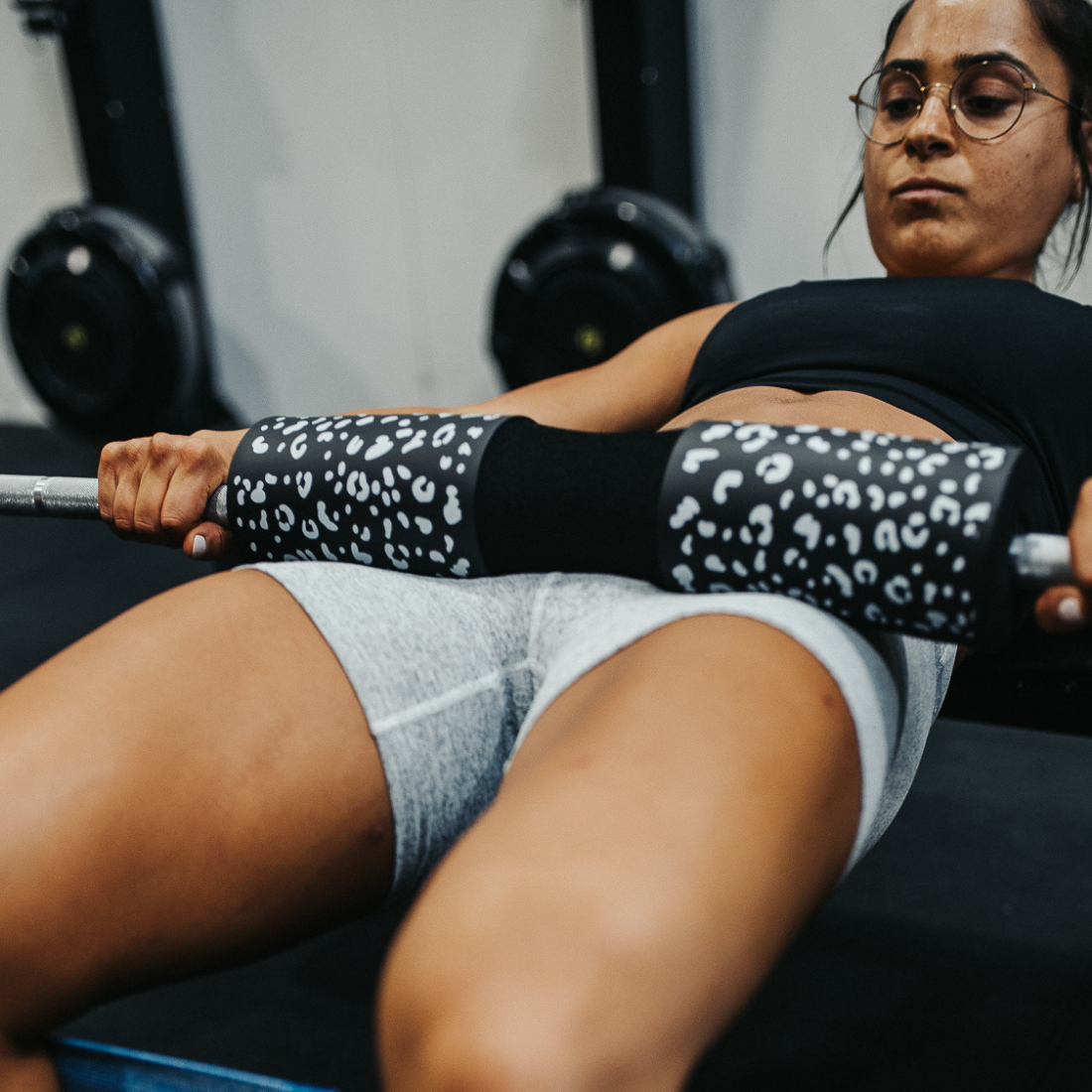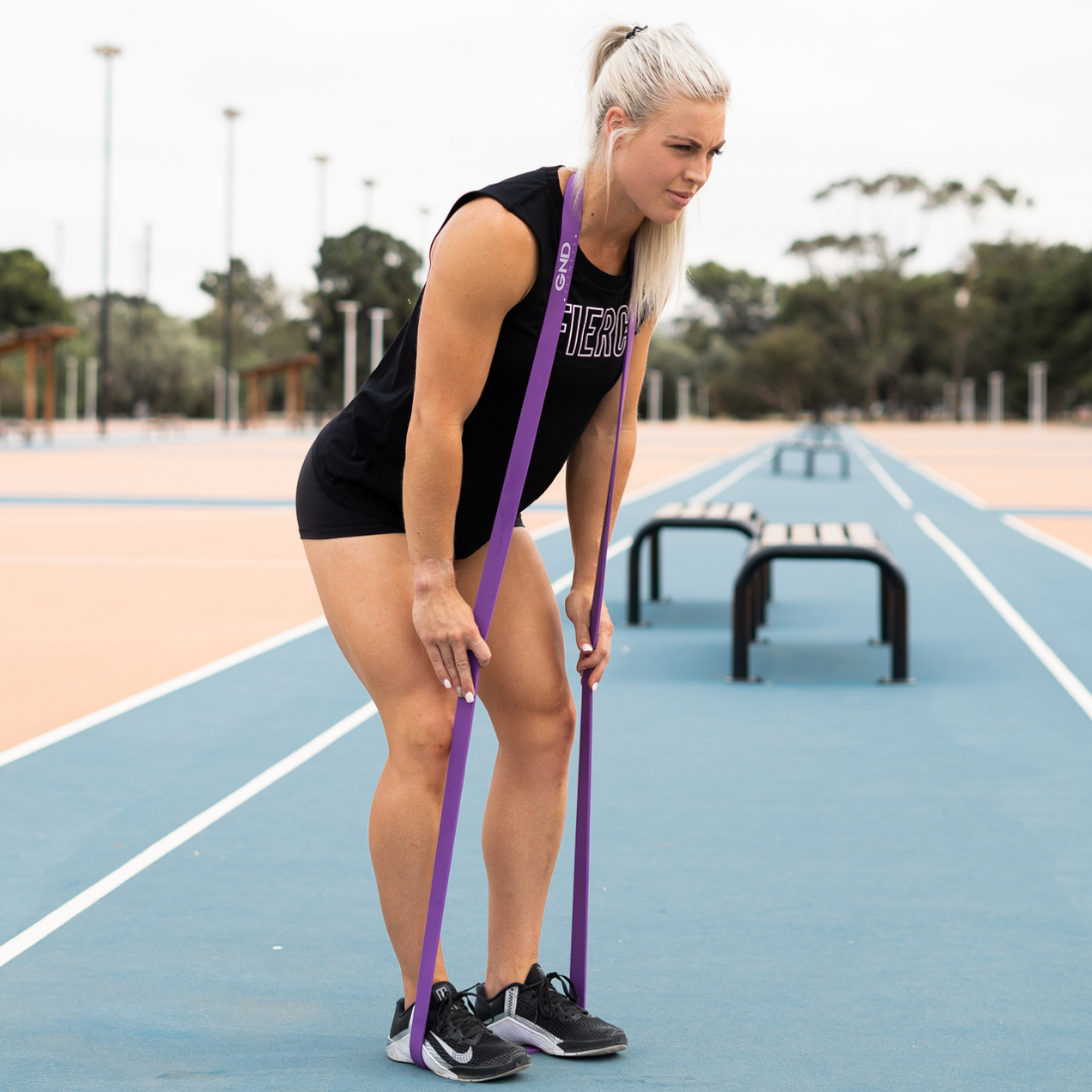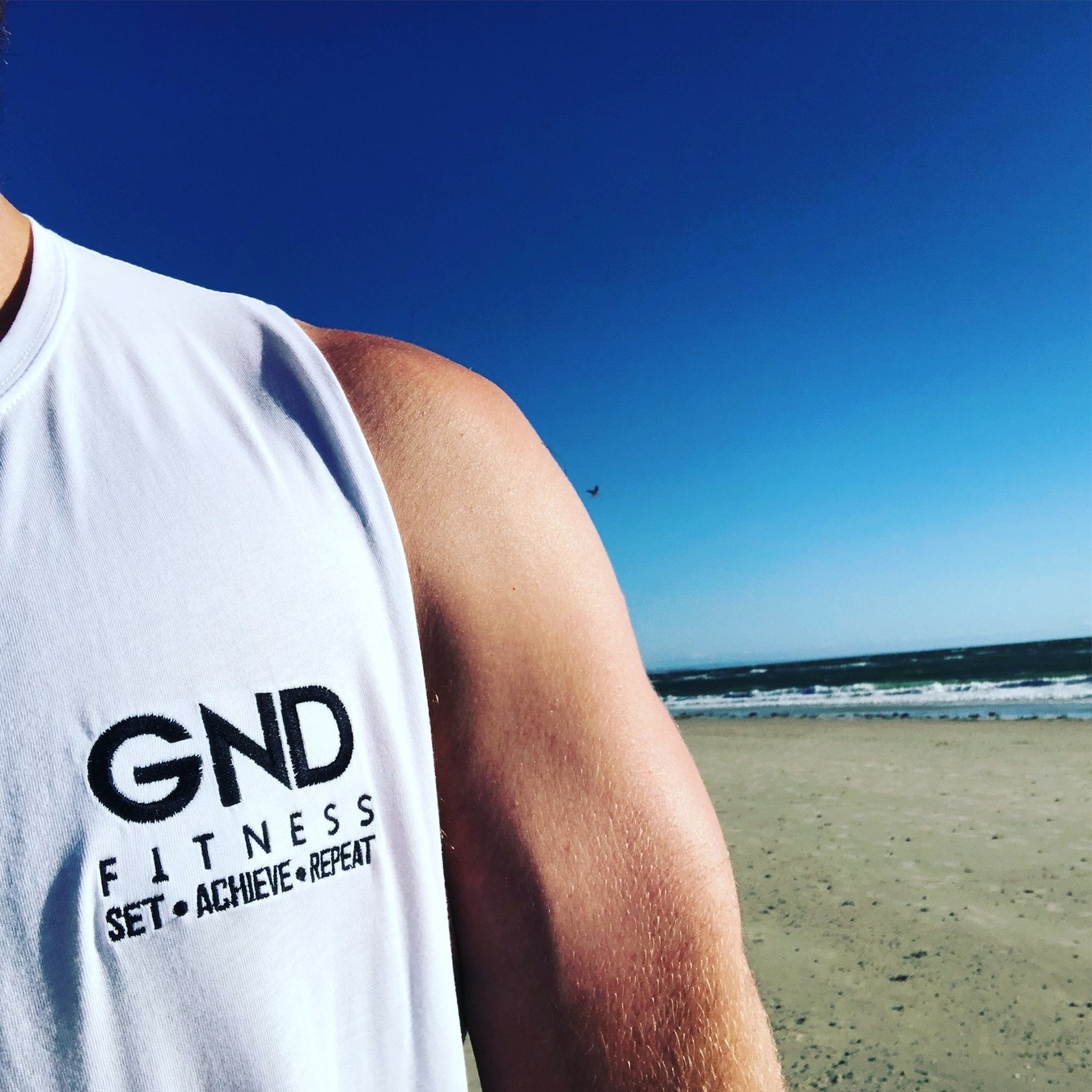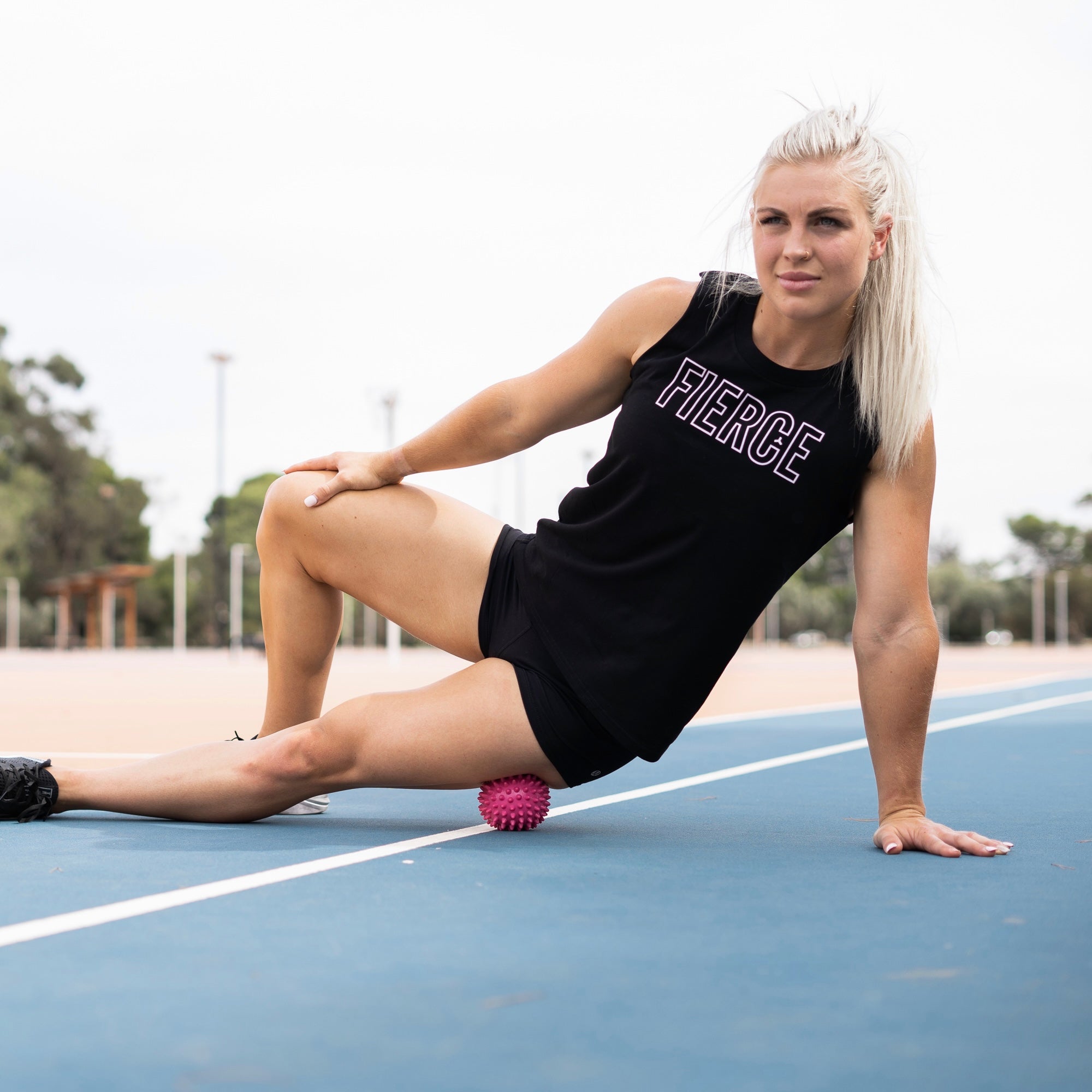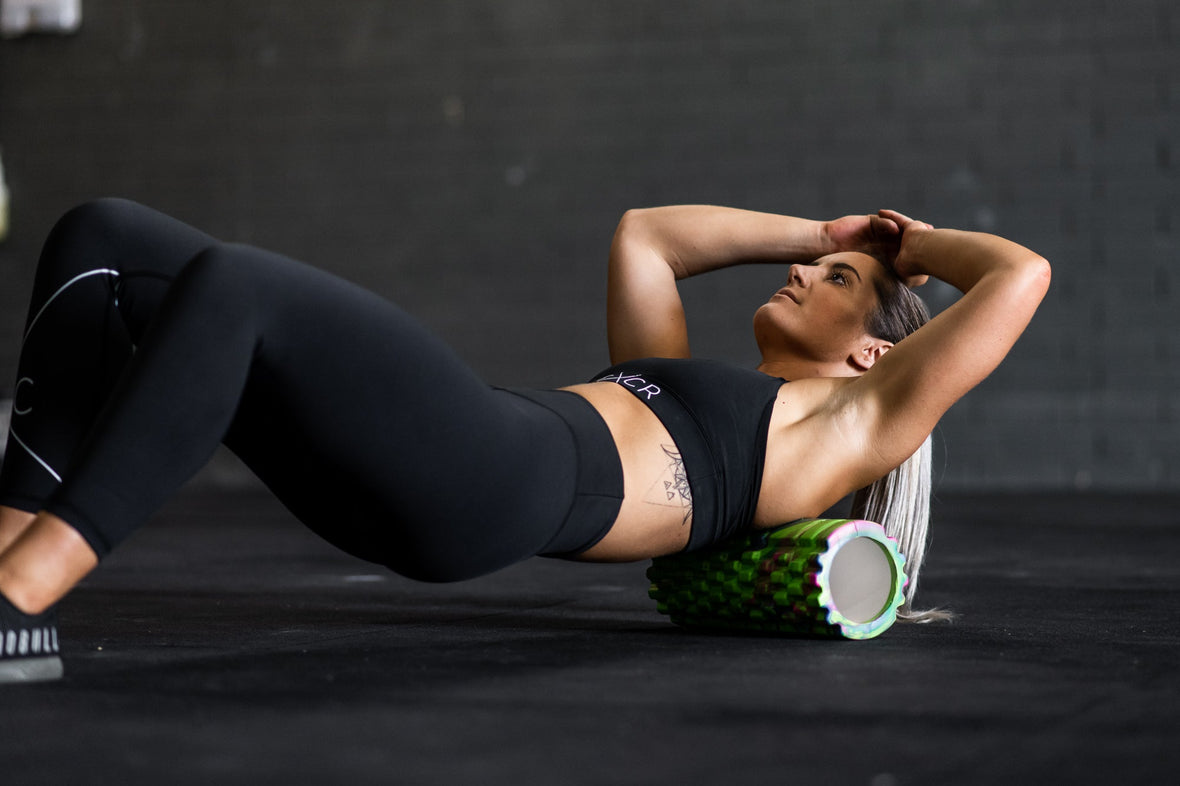
5 Techniques to Transform Your Post-Workout Recovery
Garth Stivey
5 Techniques to Transform Your Post-Workout Recovery
Are you pushing yourself to the extreme during your training sessions but not seeing the results to follow? While progressive overload, picking up the speed, and training for longer are steps you need to take to improve your athletic performance, the real magic happens after your workout.
An increased training load can take a toll on your body so if you want to keep achieving new goals and reduce your risk of injury, it’s time for you to make recovery a priority. To help you take your performance to the next level, I have listed a few recovery techniques that you can easily incorporate into your training routine.
Foam Rolling
We’ve all given foam rolling a go at some point but there are multiple benefits to consistently rolling out your muscles. If you are training hard and pushing yourself to new limits, the chances are that you are going to experience delayed onset muscle soreness (DOMS) fairly frequently after your sessions.
By incorporating foam rolling at the end of your workouts, you’ll help your body loosen the muscle tissues, break up scar tissue, and stimulate blood flow which will ultimately ease and reduce DOMS. When your body is feeling its best, you will be able to perform your best!
Rehydrate
Stay hydrated and recover faster! To repair damaged muscle tissue following intense exercise, your body will undertake muscle protein synthesis (MPS). As your muscles are roughly made up of 70% water, this process requires your muscles to be fully hydrated. If your body is dehydrated, it will delay MPS and your body’s ability to build muscle.
Take Rest Days
Despite popular belief, the more you train won’t automatically result in more gains. Overtraining can fatigue your body, which will not only compromise your training progression, but it can also result in muscle strains and overuse injuries like tendinitis.
Train smart and follow a workout program that won’t push you over the edge. If you’re itching to do some sort of exercise on your rest days, a brisk walk or bike ride are great forms of active recovery. They will help improve your circulation to ensure essential nutrients are being transported throughout your body.
Refuel Your Body
Whether you are trying to improve your strength or endurance, your body requires fuel. Exercise depletes your energy stores which are required for muscle repair and growth. Replenish your energy stores with high-quality protein, carbohydrate, and fat sources and set your body up to recover optimally.
Trigger Point Massage
Trigger points essentially refer to sore spots in your body that can cause deep pain. For example, this could be your latissimus dorsi (lat) after a lat-focussed back session. Rubbing and pressing on these trigger points can relieve tension and soreness following exercise.
A simple way to perform a trigger point massage on yourself is with the help of a massage ball. Pinpoint your problem areas and promote speedier muscle recovery!




